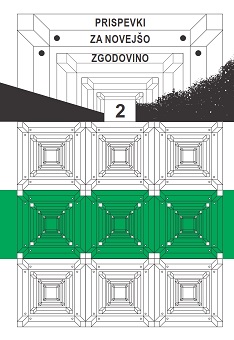Titoizem in konec Jugoslavije
Titoism and the End of Yugoslavia
Author(s): Zdenko ČepičSubject(s): History of ideas, Political history, Government/Political systems, History of Communism
Published by: Inštitut za novejšo zgodovino
Keywords: Yugoslavia; Tito; socialism; politics;
Summary/Abstract: Although the second Yugoslavia was often called Tito’s Yugoslavia in political parlance, the term Titoism was rarely used for its political regime and the structure of its government at the time. The term was closely connected to the person of Josip Broz Tito. The connection was based both on the name and on the fact that the term applied to events that happened during Tito’s rule. It is simply an eponym in the true sense of the word. On one hand, Titoism was the principle on which the second Yugoslavia was based, and on the other it was a method of governing. Titoism can also describe the Yugoslav type of socialism and its characteristic features, as well as the country in general. Titoism is not so much an ideology, but rather a practice. It is the government's means. Titoism is Yugoslavia as a country after World War II, it is the structure of the state administration, i.e. the federal government, and the principle on which it is based, i.e. the recognition of the nation’s right of self-determination, including the right to secede, as well as the country’s political system – the workers’ self-management. Everything that can be understood as Titoism was representative of the second Yugoslavia. On one hand, Titoism was the means for the country’s rise, its creation and development (progression), but on the other hand, Titoism already contained the seed of the country’s dissolution, its demise and the disintegration of the whole system known as Titoism. Of what was actually the end of the second Yugoslavia.
Journal: Prispevki za novejšo zgodovino (before 1960: Prispevki za zgodovino delavskega gibanja)
- Issue Year: 56/2016
- Issue No: 2
- Page Range: 165-182
- Page Count: 18
- Language: Slovenian

